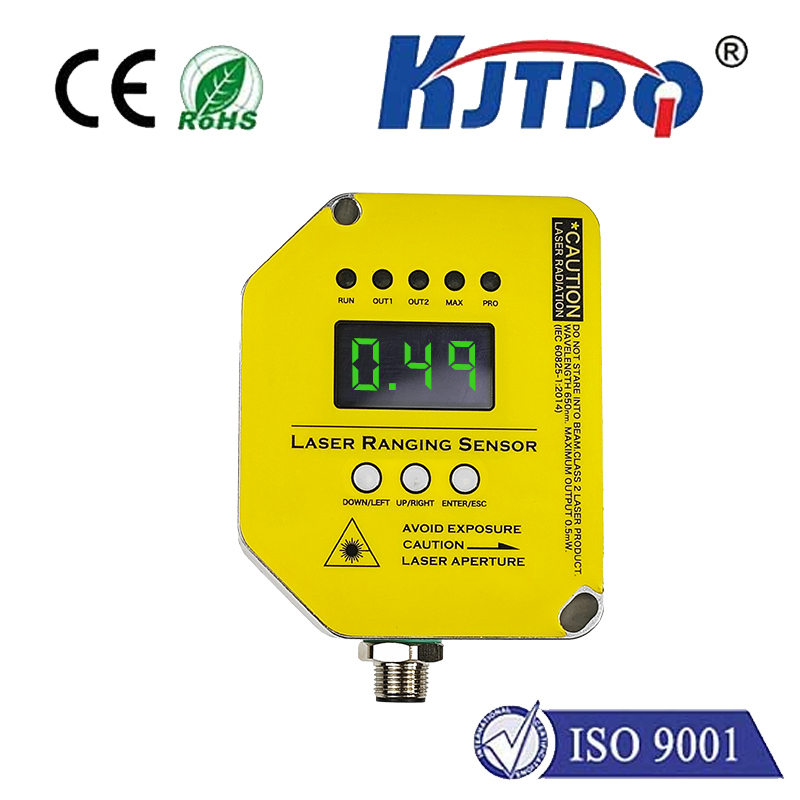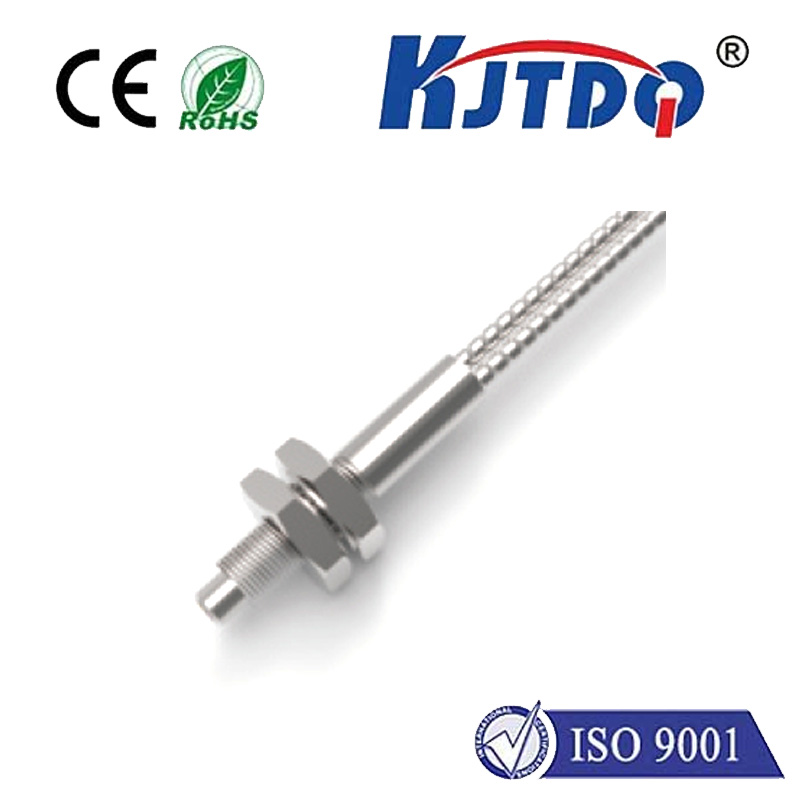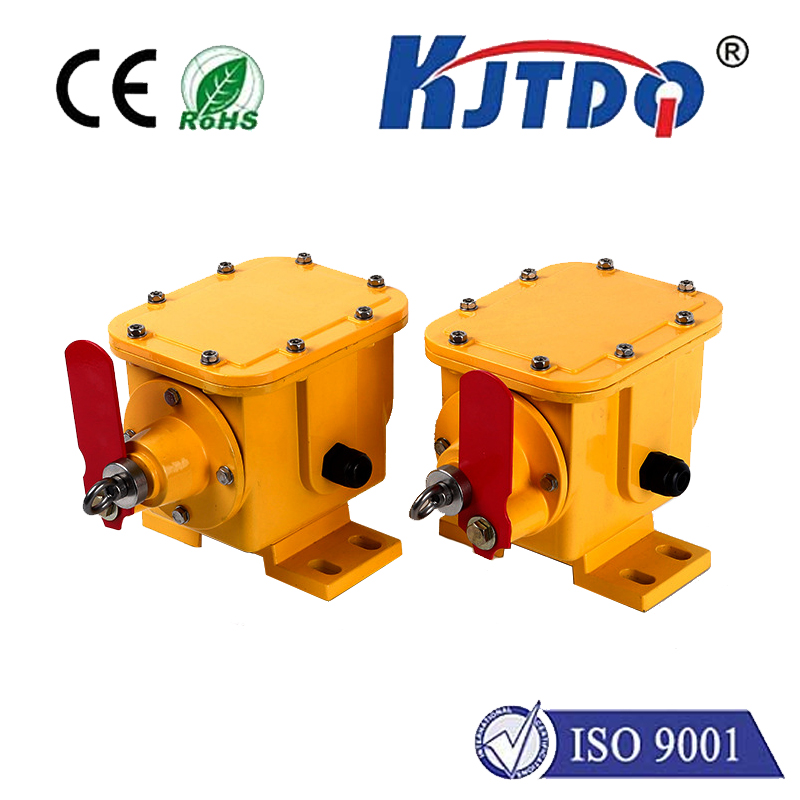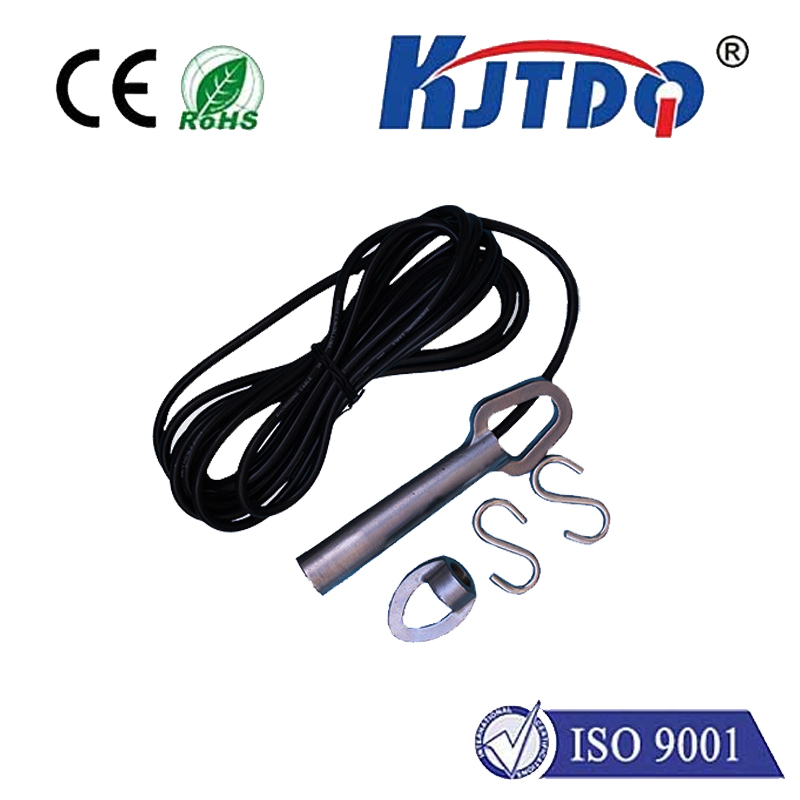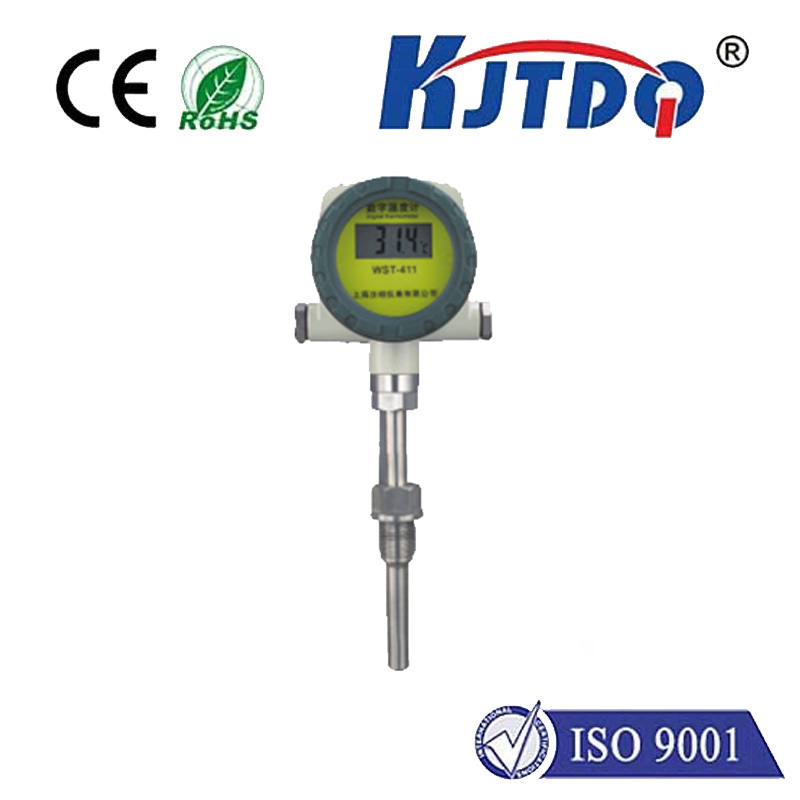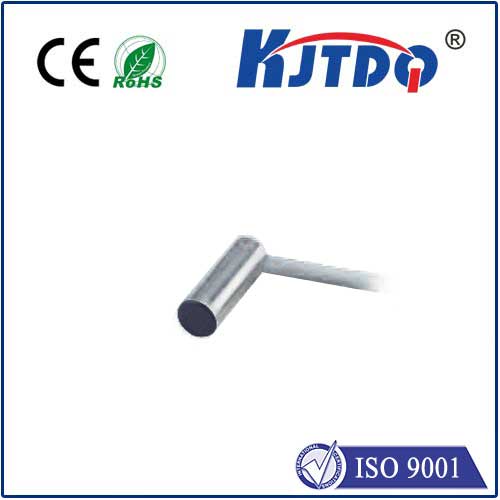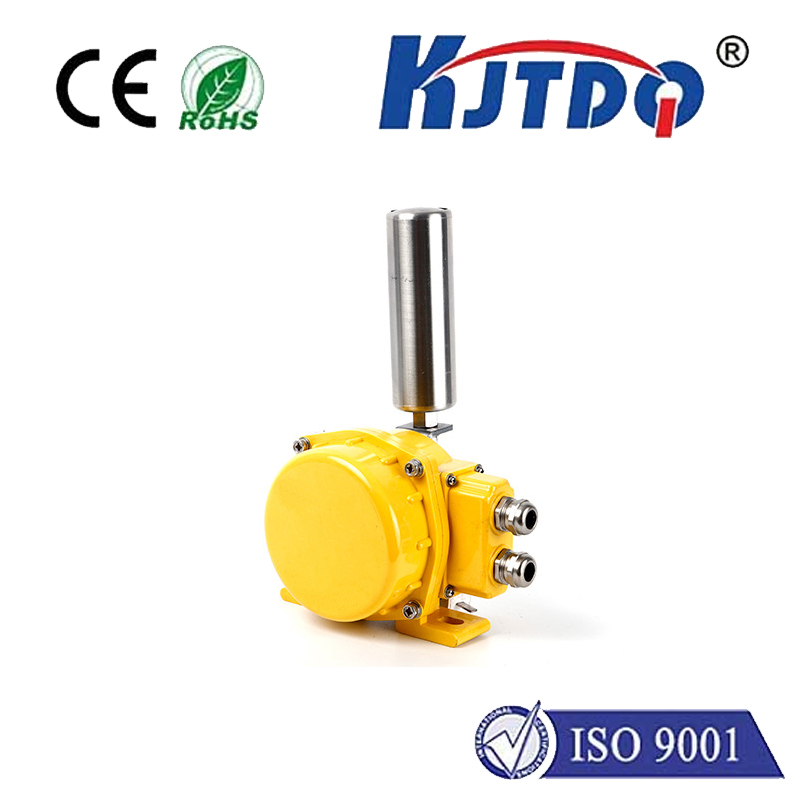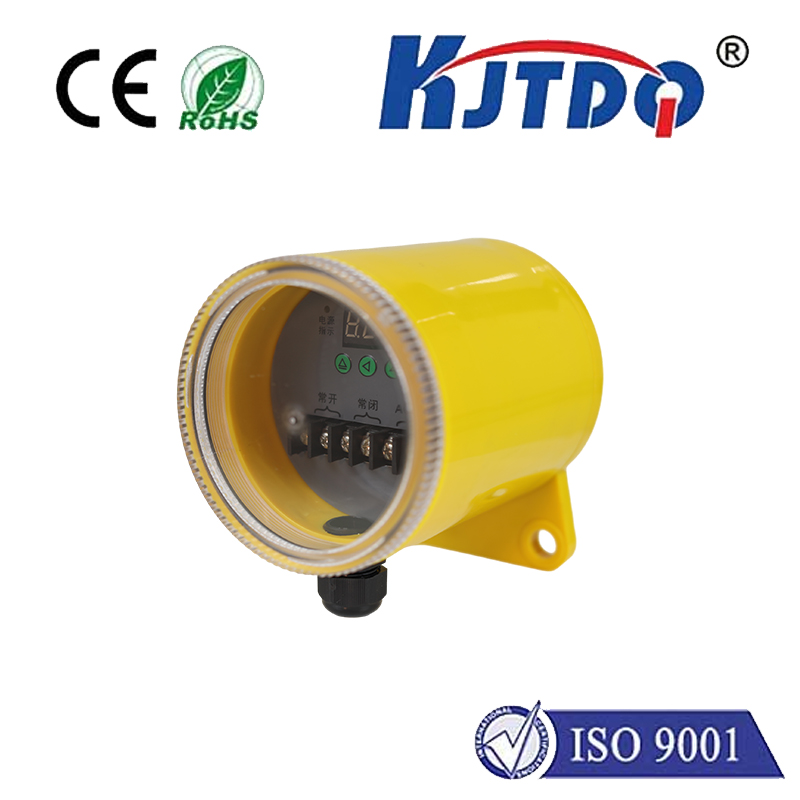

check

check

check

check

check

check

check

check

check

check
Title: The Essential Role of Upper and Lower Limit Switches in Cranes
Cranes are essential equipment in various industries, from construction to manufacturing. They play a crucial role in lifting and moving heavy loads efficiently. However, the safety of workers and equipment is always a concern when operating cranes. To address this issue, crane manufacturers incorporate upper and lower limit switches into their designs. These switches ensure that cranes operate within safe parameters, preventing accidents and damage to machinery.
Upper Limit Switch:
An upper limit switch is designed to halt the crane's hoisting mechanism when it reaches the maximum height allowed for a particular load or operation. This switch prevents the hoist from continuing upward movement beyond its designed limits, which could cause structural damage or tipping over due to an imbalance of weight distribution.

The function of the upper limit switch is vital for maintaining operational integrity and avoiding catastrophic failures. By enforcing a ceiling on how high a load can be lifted, it protects not only the crane but also the surrounding environment, preventing collisions with overhead structures like bridge girders or power lines.
Lower Limit Switch:
Complementary to the upper limit switch is the lower limit switch. This device activates when the crane's hook approaches the ground or another set minimal threshold. Its purpose is twofold: firstly, it prevents the load from hitting the ground, which could result in damage to both the load and the crane; secondly, it ensures that the cables or chains do not become slack, as this can lead to dangerous whiplash effects during operation.
In addition to preventing physical harm, a lower limit switch also aids in precision placement. When working in tight spaces or where accuracy is paramount, such as in assembly lines or during the installation of sensitive equipment, the lower limit switch enables operators to place loads with greater control and confidence.
Integrating Safety and Efficiency:
The combination of upper and lower limit switches provides a robust safety feature that enhances overall crane functionality. Not only does it act as a failsafe against human error or mechanical malfunctions, but it also streamlines operations by setting clear boundaries for crane movements, thus improving efficiency.
Moreover, regular testing and maintenance of these switches are critical to preserving safety measures. It is imperative to inspect them routinely for any wear or damage that might impair their ability to function correctly. Proper maintenance ensures that these safety features work reliably when needed most.
Conclusion:
In summary, upper and lower limit switches serve as indispensable components of crane safety systems. They are instrumental in preventing accidents related to excessive lift heights and uncontrolled descents. As technology advances, these switches may become even more sophisticated, offering enhanced protection and contributing to the continuous improvement of crane operations across various sectors. By understanding and implementing these devices correctly, we can create a safer workplace for all involved, promoting both well-being and productivity.
